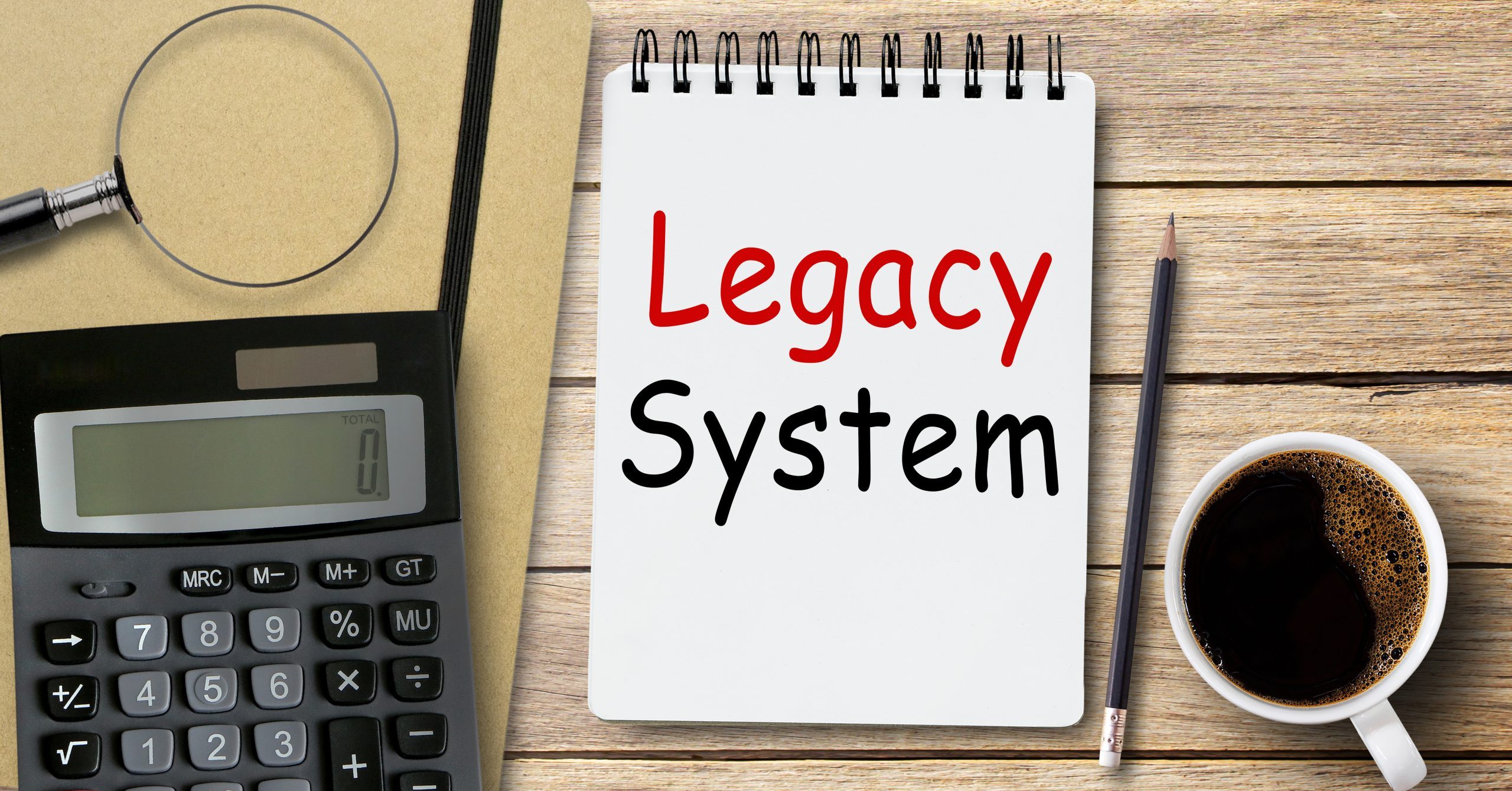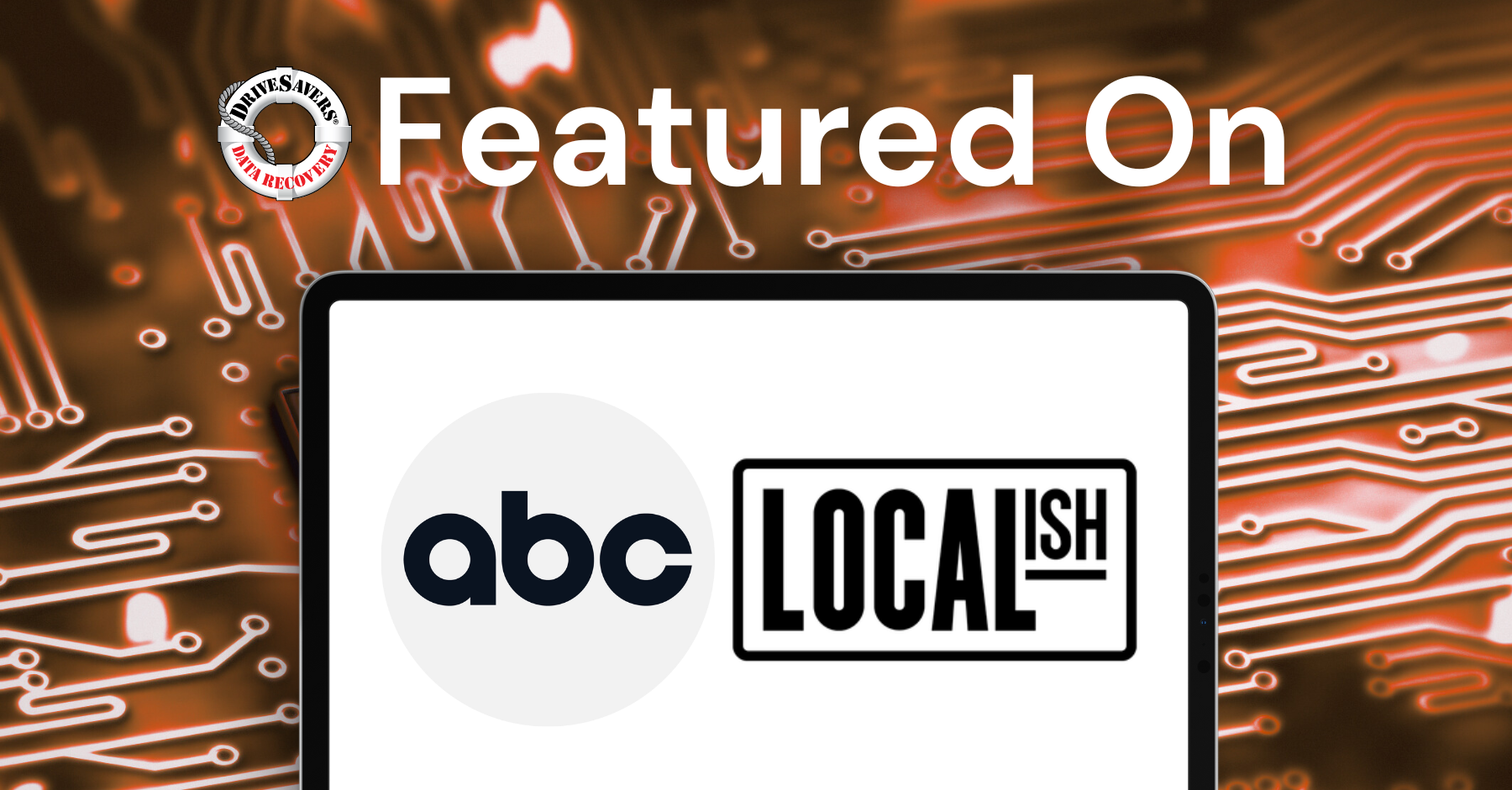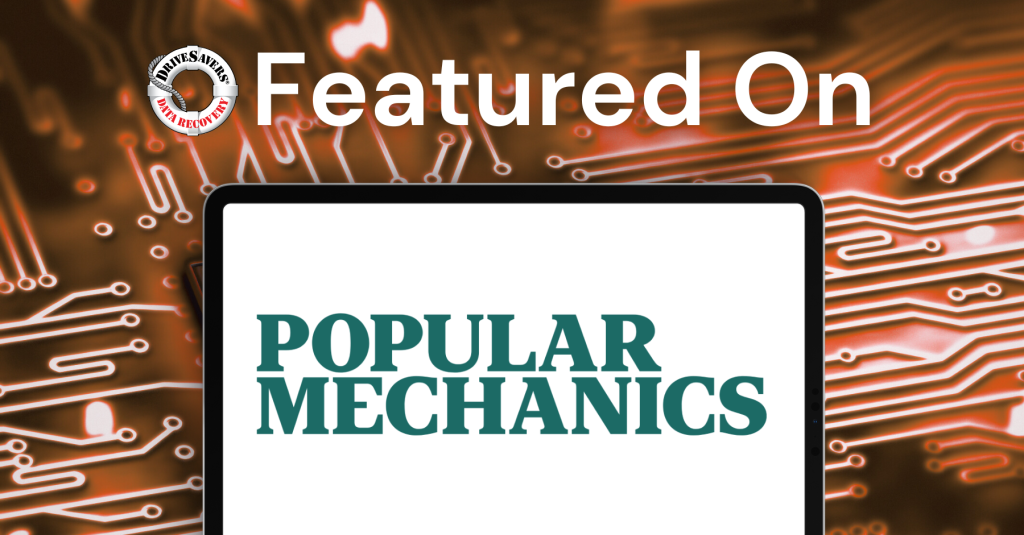In this enlightening conversation on Vida Digital, Alex Neuman speaks with Angela Keary of DriveSavers Data Recovery about the human stories behind lost data—from families desperate to recover irreplaceable memories to companies fighting ransomware attacks.
Hewlett Packard Enterprise: How to Navigate Legacy Systems and Simplify Your Hybrid IT Mix

Originally published by Hewlett Packard Enterprise.
Legacy systems are a fact of life for many companies, but innovation means integrating new technologies. How do you balance the two? Experts weigh in on how to achieve the right mix for a hybrid IT environment.
While many enterprises busy themselves with talk of digital transformation and the new competitive realities of today’s business environment, a sobering reality faces a large number of organizations. It’s easy to talk about migrating to the cloud and implementing a new-generation architecture, but it’s an entirely different thing to actually do it.
Legacy systems remain an unfortunate reality in today’s business world, and as such, they show no signs of letting go of their grip on business any time soon. Don’t think legacy issues are a big deal? Think again: A recent IDG survey found that 40 percent of respondents said their existing infrastructure could not be replaced due to budgetary or other reasons. But in a world rushing toward the cloud, why is legacy system support a problem? And how do enterprises deal with that when expanding into the public cloud?
Why Legacy Systems Persist
Government agencies and the companies that contract with them remain the primary culprits in the world of lingering legacy systems. “The simple fact is that many of the mission-critical legacy applications in use today were never engineered with the web in mind, let alone the cloud,” says Jayesh Shah, vice president of product management at Teradici, a remote computing company.
One example can be found at Koios Library Software, which operates under a business model of digitizing printed library materials. The major challenge for Koios is interfacing with thousands of libraries, all of which are stuck on legacy platforms, with no intention of upgrading.
Trey Gordner, CEO of Koios, says these myriad legacy library systems “have proven to be both irreplaceable and detrimental.” The vast majority of libraries store their catalog and borrowing information using an archaic standard called ILS, which stands for Integrated Library System. Machine-readable cataloging records, known as MARC records, and even cloud-based platforms for libraries exist, but few institutions support them, Gordner says: “All public and academic libraries still rely on [the old] standard and therefore are limited to a handful of increasingly expensive legacy databases that are complex, hardly differentiated, and difficult to maintain.”
Change is happening slowly and piecemeal. “Vendors who sells books, ebooks, or audiobooks to libraries must make their systems compatible with existing ILSs and the MARC format,” says Gordner. “Some libraries have attempted to convert their records to new formats such as Bibliographic Framework, or BibFrame, but ultimately no one library can make a transition away from the format on their own. The technical requirements would be overwhelming. Most next-gen vendors, like us, are either scraping the databases or demanding API access to ILSs. Both of these approaches enable us to restructure the data for our own needs, but the process is lengthy and prone to error.” Little progress has been made in over a decade, says Gordner, and companies like his simply have no choice but to engineer complex workarounds in order to gain access to this legacy-entrenched data.
Why Legacy and Hybrid Systems Present a Problem
So you’ve engineered a workaround. Problem solved, right?
For many, the cure seems decidedly worse than the disease. Respondents to IDG’s survey recognize the flaws that abound in the increasing hybridization of IT, which sees legacy and modern cloud environments running side by side. Of those polled, 35 percent said they expect an increase in security risks, 34 percent expressed concerns about budget overruns, and 32 percent bemoaned the lack of infrastructure flexibility that results from having to support legacy data and systems.
Let’s look deeper into those figures.
Maintaining old systems costs a lot, but what happens when unsupported and out-of-production equipment begins to fail or skills to manage archaic databases become harder and harder to find in prospective hires? “Many times companies don’t consider the increasing supportability costs—people, software, and hardware—and do not take into consideration the enormous loss of capability or business continuity if the legacy system were to fail,” says Marcus Turner, chief technology officer at Enola Labs, an engineering-focused web and mobile app development company. Both of these represent costs that are not only excessive to begin with but are likely to increase over time.
“The use of legacy systems certainly brings security concerns,” says Mike Cobb, director of engineering at DriveSavers, a computer hardware data recovery, digital forensics, and e-discovery firm. “If a system is no longer supported by the manufacturer, that also means there are no longer security updates for it either. This opens holes for ransomware, malware, and other security risks. Entities that are unable to upgrade from legacy systems will also find it challenging to interface with the cloud, due to communication issues between the old and new systems.”
Ultimately, in an era of hyper-competitiveness, enterprises are likely to find that supporting legacy systems puts a damper on their ability to respond to changing market conditions or keep up with emerging technologies.
What can be Done About Hybridization
There are two primary schools of thought about how to deal with IT environments in which hybrid legacy meets the cloud: Either simplify and intelligently manage what you can, upgrading what is possible along the way, or buckle down and live with the legacy systems as is, in the best way possible.
The first option tends to get the most traction, for obvious reasons. Turner says it starts with reimagining the cloud as it relates to the legacy environment. “Let’s not think of the cloud as a nebulous object,” he says, “but rather as a remote data center. If there are hardware or software constraints [like VMS, HP-UX, or the like], then there are a few different solution alternatives.”
Turner points to virtualized hardware footprints that are available on many cloud infrastructures as one possibility: “Here, many customers actually have the alternative of moving the hardware into the cloud as is, onto a previously validated virtual machine environment. For most common configurations, this has already been proven, but with each legacy system there are always unique challenges. However, in all cases, the virtual machine environment can be validated.”
He also suggests that the existing infrastructure can be extended with an on-premises cloud solution. “As customers will find, the ‘40 percent’ are not unique. They just have not found alternatives to leverage on-premises in combination with cloud-based services and infrastructure to decouple the complexity of the existing system and enable more of a component-based migration solution,” Turner says.
On the other hand, you can choose to simply stop worrying about legacy systems and learn to love the hybrid environment. Wes Higbee, who runs technology consultancy Full City Tech, says that focusing on what really matters might mean simply leaving a legacy system intact. “Admit that you have a bias against legacy systems,” he says. “It’s likely unjustified in many cases. Find out what doesn’t need to be legitimately replaced, and don’t replace it. There’s no reason for everything to move to the cloud. There are plenty of models to keep on-premises systems. Every cloud vendor has offerings to address hybrid models, and simple VPN technology can take care of most integration needs.”
That said, the concept of a truly irreplaceable IT system is usually hogwash, says Turner. Mostly this is an issue of perception and internal or external resistance, and energy should first be invested in overcoming this. “If your system is irreplaceable and your business processes are so unique,” he says, “then it’s critical that first you take a step back and go outside, go for a ride on your unicorn, and then come back inside and take a look at the issue with a fresh perspective.”
Legacy Systems in a Hybrid IT Environment: Lessons for Leaders
- Many legacy applications exist because they were never engineered with the web in mind, let alone the cloud.
- Primary schools of thought about how to deal with IT environments in which hybrid legacy meets cloud are simplify and intelligently manage what you can, or buckle down and live with the legacy systems as is, in the best way possible.
- The concept of a truly irreplaceable IT system might need to be revisited.
Christopher Null CEO, Null Media LLC 7 articles
Christopher Null is an award-winning journalist, editor, and columnist with more than 20 years of experience working in business and technology journalism. He has worked as a top editor for PC Computing, Smart Business, and New Architect magazines and was the founder of Mobile PC magazine in 2003, the first ever periodical focused exclusively on mobile technology. Later he spent over four years writing about tech daily for Yahoo! as â The Working Guyâ and six years as the tech columnist for Executive Travel magazine. Today he continues to write regularly for Wired, PC World, and numerous other outlets while working as the CEO of Null Media LLC, a boutique content marketing and custom publishing firm.






